Imagine stepping into a world where every detail exudes understated elegance, where each corner is meticulously crafted to evoke a sense of connection and purpose. That’s exactly the feeling as you walk into one of Samarth Maradia’s stunning, concrete-clad residences. The expanse of open spaces greets you, framed by lush landscapes,
while custom details—a Fendi carpet here, a handpicked light fixture shipped from Germany there—invite you to pause and marvel. Every room tells a story, from the bespoke artworks commissioned by Ujjval Shah to the unique, custom-made light fixtures. This isn’t just a home—it’s an experience.
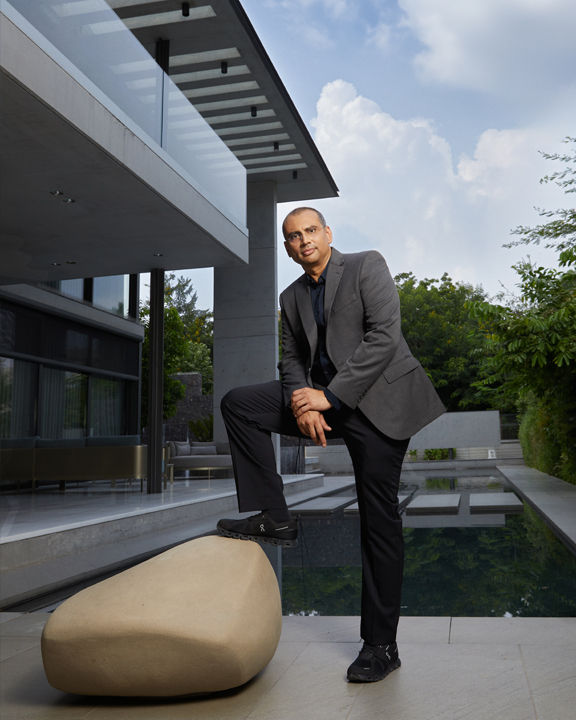
And then, there’s Samarth. Arriving in his chic BYD for the photoshoot, dressed in a sleek black shirt and trousers paired with a charcoal grey blazer, he exudes understated assurance. No flashy statements here, just an architect whose presence mirrors his work: refined, thoughtful, and precise. A subtle Patek Philippe gleams on his wrist, a nod to his appreciation for craftsmanship—much like his architecture, which values precision over ostentation. Samarth doesn’t design spaces to scream luxury; he creates them to resonate deeply with the people who live in them.
His design philosophy comes into sharp focus as we sit in his functional, minimalist office—a space that reflects his relentless pursuit of innovation. Once the largest biology lab in Ahmedabad, run by his father, the office still retains a section where preserved species are kept, a beautiful nod to the past. The rest of the space? It’s a high-tech dream, where Samarth assembled custom workstations during the lockdown—64-core Threadripper CPUs, 256 GB RAM, and RTX 4090 GPUs make the studio as cutting-edge as his designs. Every project Samarth takes on is a labour of love. From sourcing stones in freezing Italian quarries to ensuring the energy efficiency of each home with triple-glazed laminated windows, his approach is both bespoke and sustainable. He’s not just crafting luxury; he’s creating spaces that stand the test of time, both in function and emotional connection. Despite having over 30 active projects, Samarth remains the sole point of contact for every client, handling each detail with precision. His team is small, just eight architects, and he hires no interns—ensuring that the quality of work is consistent.
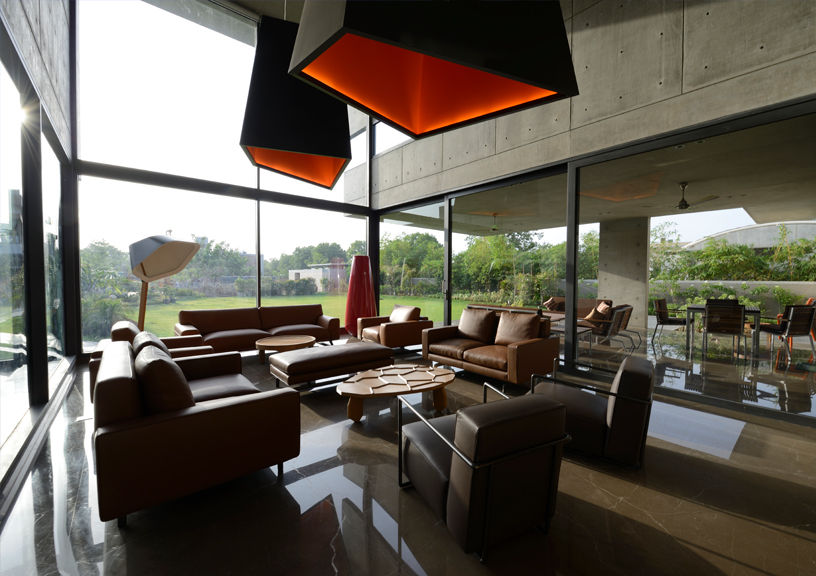
Samarth’s only true indulgence is travel, with a dedicated 120 days a year spent exploring new destinations. His love for photography shines through his Instagram, where stunning shots from his recent trip to Norway serve as proof of his talent behind the lens and his appreciation for serene, expansive landscapes—echoing the calm elegance he brings to his architectural work.
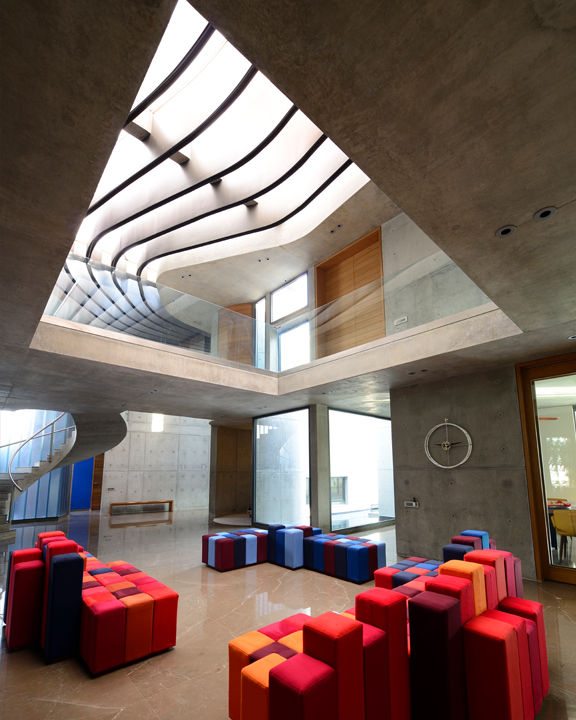
Excerpts from the interview…
How did your journey in design begin?
Well, my journey with design started quite early. I was in the sixth standard when I would ask my father, who used to drop me at school on his scooter, ‘Who designs these buildings?’—especially when we passed by IIM Ahmedabad. He told me it was an architect. That’s when I decided I wanted to be one. It was a natural progression from there; I always enjoyed drawing, which led me to pursue architecture at CEPT. We had amazing exposure at CEPT. For a student exchange program, we went to Zurich, and then I did my master’s in Switzerland. We travelled for around 100 to 120 days continuously during the student exchange program. The travel experience was crucial—I feel it made us better architects. We saw all the master’s work while travelling, picking up details from one project to another. Slowly, that created a certain passion within me, and I thought, ‘This is what motivates me.’
Finally, when did you decide to start your own practice?
When I came back to India in 2006, I started working on a large institutional project—designing a new campus for IIM, which felt nostalgic. The main campus, designed by Louis Kahn, was something I had grown up seeing. Being part of the design team for the new campus extension was unique. This experience marked the beginning of my personal journey. In 2008, I started my own practice, and since then, we have been designing. In our practice, we’ve noticed that the smaller the scale, the more creative control we have. It gives us room to explore more. This led us to focus on very niche, private residence designs. It gives tremendous pleasure to work with clients on such a personal level. I enjoy creating something new every day, working closely with families and understanding their expectations.

What does a typical workday look like for you?
I’m an early riser. I usually start my day around 7 or 7:30 in the morning. The first thing I do is plan the day—what I need to focus on, what my team is working on, and which projects need attention. By 9:30 or 10 AM, I’m working on design interventions or specific elements that need my input. Between 10 and noon, I handle calls with clients, contractors, and consultants, and then we break for lunch. Post-lunch is usually reserved for meetings or site visits, and we aim to wrap up the day by 5:30 so I can spend time with my family. Maintaining that balance is important to me.
What are some of the most cherished objects in your workspace, and why are they special to you?
My studio is minimalistic and highly functional, with an all-black theme of workstations. I work alongside my team rather than in a separate cabin. The workstations are special to me because I personally assembled them during the COVID lockdown, sourcing parts from different parts of the world. They feature a liquid-cooled 64-core Threadripper CPU, 256 GB RAM, and an RTX 4090 GPU—technological marvels that I consider works of art.
Another cherished object in the studio is a CNC-machined 1:2 model of the main door of a recently completed residence, which serves as the backdrop in my meeting room. And of course, my library of over 3,000 books and catalogues collected over the last 25 years is a significant part of my workspace.
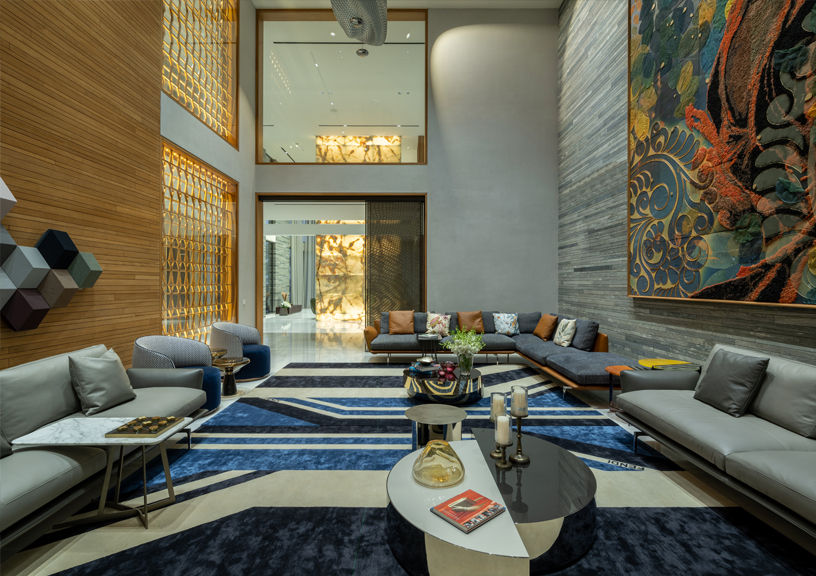
What is your design philosophy?
My design philosophy revolves around functionality and innovation. It’s about creating a space that serves a purpose and is aesthetically pleasing. We embed all services—lighting, air conditioning, automation— within the structure itself, rather than treating them as afterthoughts. This way, the design remains clean, seamless, and low maintenance. I believe that for a space to be truly functional, these elements should work together harmoniously. The space should feel as good as it looks.
How do you integrate luxury into your designs while maintaining functionality?
Luxury is personal—it’s about crafting spaces tailored to the client’s lifestyle. At SamArch, we don’t believe in a ‘one size fits all’ approach. The materials we use are natural and pure, and I make it a point to involve the client in the design process. Whether it’s sourcing stone from Italy or Switzerland, I take clients with me so they can experience the process first-hand. This adds an emotional connection to the materials used in their home. Luxury for me is in the details—clean, simple, and bespoke.

What does luxury mean to you?
Luxury means something that is completely tailored and one-of-akind, focused entirely on the client’s tastes and preferences. It’s not about using expensive materials just for the sake of it; it’s about creating a cohesive environment where everything works together beautifully. When you see all the materials and elements come together to create a seamless experience, that’s luxury.
How do you balance luxury with sustainability, especially as clients increasingly seek both?
The traditional notions of luxury never appealed to us. For us, luxury architecture is an approach toward design innovation that is bespoke and tailored to the specific client and their lifestyle. Luxury should transcend trends and embrace timeless elegance, creating spaces that endure over time. As Oscar Wilde once said, ‘Fashion is a form of ugliness so intolerable that we have to alter it every six months.’ We make sure that the spaces we create are energy efficient and low maintenance. Energy consumption is often overlooked in discussions on sustainability, but we place a strong emphasis on it. For example, we use triple-glazed laminated glass for windows and high-thermal-capacity materials for walls to ensure more energy efficiency. It’s about creating spaces that are both luxurious and sustainable by using cutting-edge technology to reduce the carbon footprint.
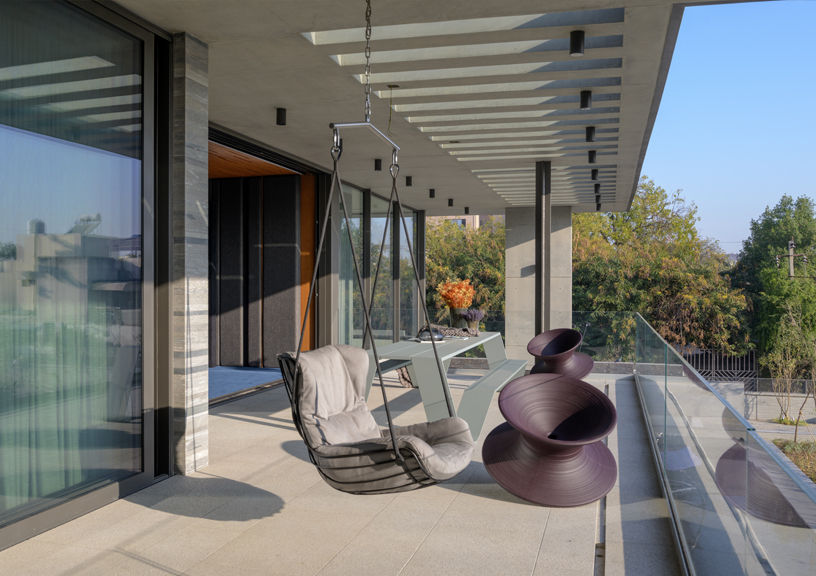
How has the Indian design community evolved in terms of luxury?
Oh, it’s evolved massively. I remember attending my first Milan Furniture Fair in 2005, and there were maybe 15 to 20 Indians there—most of them designers. Now, we have clients who haven’t even started designing their homes visiting Milan just to get a feel for the trends and products. Clients are much more knowledgeable now; they understand brands, designers, and materials in ways they didn’t before. India has moved from being a market that aspired to luxury to one that is creating it. Indian designers and brands are now recognised internationally, and we’re seeing a lot of Indian craftsmanship being showcased globally.
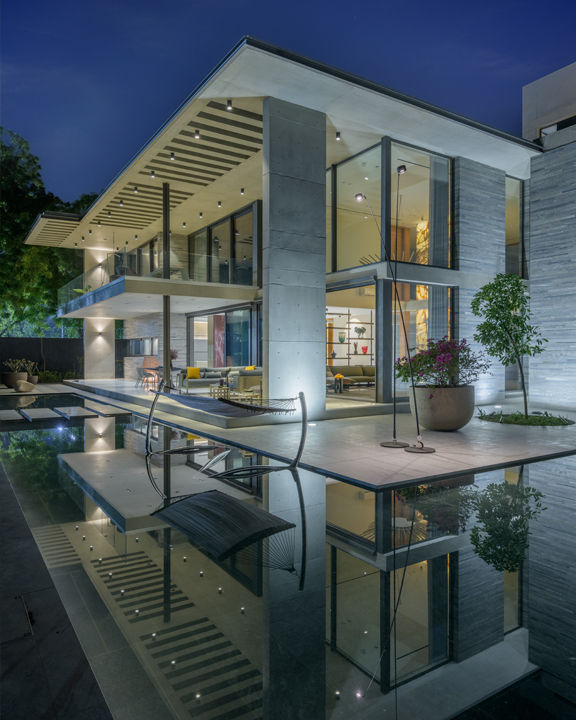
What has been your most memorable project to date?
My second project, which I worked on in 2011, stands out. It was a house designed for a family of four, and the entire structure had no false ceiling or plaster—it was all exposed concrete. There was an 80-foot-long skylight that flooded the home with natural light throughout the day. Even now, 13 years later, I feel that level of light quality is something we strive to achieve in all our projects. That house set a benchmark for me in terms of natural lighting and minimalist design.
For the full interview, subscribe to A+D or grab a copy of our October 2024 from the stands!
